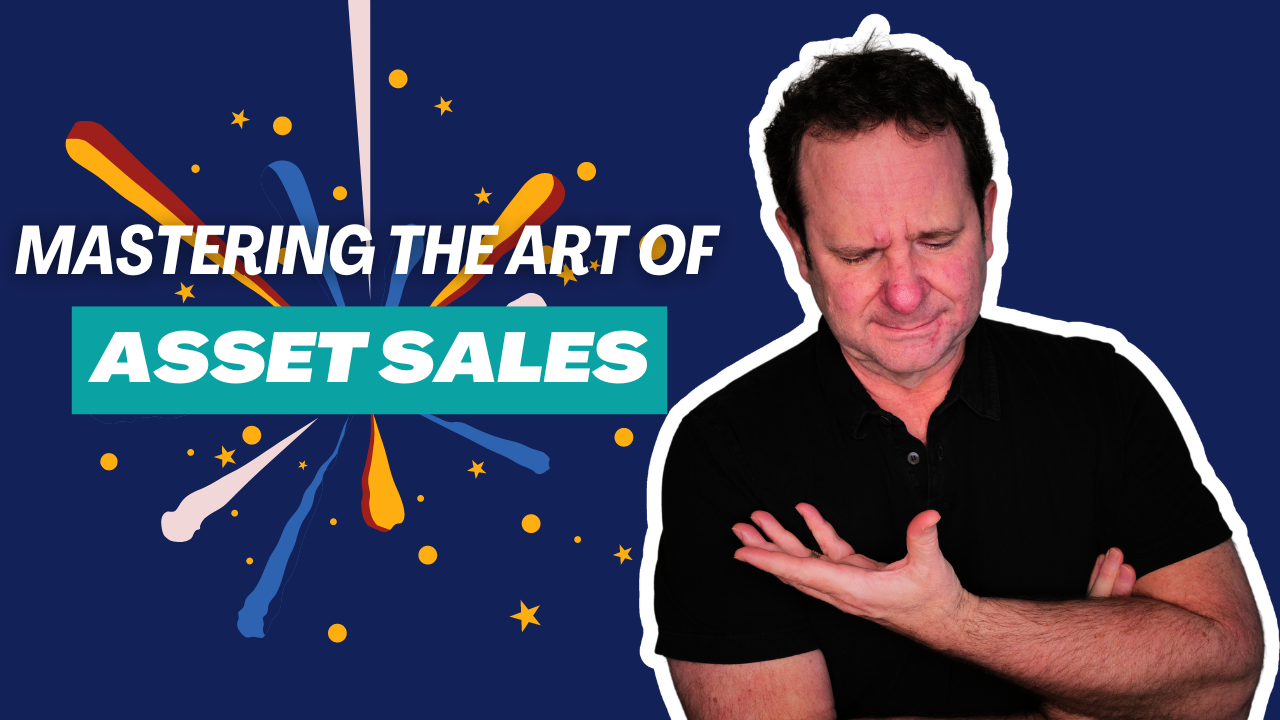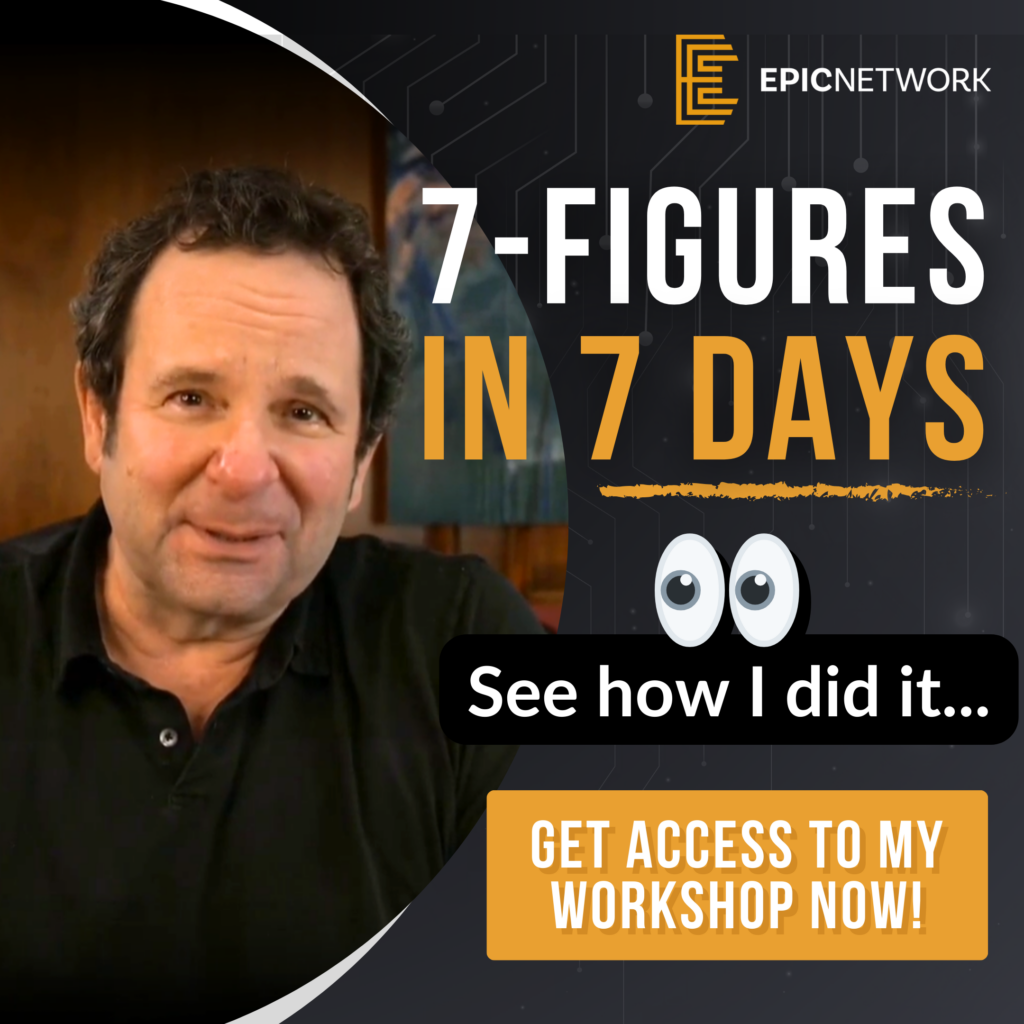
Introduction: Structuring Business Acquisitions
When structuring business acquisitions, choosing between an asset sale and an equity deal is one of the most critical decisions. While asset sales are often preferred, there are scenarios where equity deals or hybrid structures make more sense, especially when the seller is rolling over equity into the new entity. Let’s explore these scenarios and the role of Special Purpose Vehicles (SPVs) in creating optimal acquisition structures.
Understanding Asset Sales and Equity Deals
What Are Asset Sales?
Asset sales involve purchasing specific assets of a business rather than the entire company. This method allows buyers to acquire only the desirable assets while leaving behind liabilities.
What Are Equity Deals?
Equity deals involve purchasing ownership shares in the business, making the buyer a part-owner of the existing entity. This method can be advantageous in certain situations, such as maintaining continuity with employees or contracts.
Why Asset Sales Are Often Preferred
- Liability Protection: Buyers avoid inheriting unwanted liabilities from the seller.
- Flexibility: Buyers can cherry-pick assets that align with their goals.
- Tax Benefits: Depending on the jurisdiction, asset sales can provide favorable tax outcomes for buyers.
Rolling Equity: When and How
Scenario 1: Seller Rolling Equity Into a New SPV
If the seller plans to stay involved in the business post-sale, creating an SPV (Special Purpose Vehicle) is often the best approach. The SPV acquires the assets from the old entity, and the seller’s equity is rolled into the new SPV. This approach is especially beneficial when:
- The seller’s involvement adds value to the business.
- The old entity’s liabilities need to be left behind.
Scenario 2: Retaining Equity in the Existing Structure
When the buyer is acquiring equity in the existing company, the seller retains their ownership stake directly in the current structure. This method is effective when:
- The business entity will continue operating as is.
- The seller’s retained equity remains aligned with their ongoing role.
The Role of Earn-Ins in Business Acquisitions
Earn-ins allow buyers to gradually acquire ownership by meeting specific performance or revenue targets over time. This structure is often used when:
- The buyer starts with a minority interest.
- Future ownership stakes are tied to predefined milestones.
If the buyer eventually acquires a majority interest, restructuring to transfer assets into a new SPV may be an option. However, as long as the earn-in structure is functioning effectively, creating a new SPV might not be necessary.
SPVs: A Strategic Tool for Business Acquisitions
What Is an SPV?
A Special Purpose Vehicle (SPV) is a separate legal entity created to isolate financial risks. In acquisitions, SPVs are often used to:
- Acquire specific assets without carrying over liabilities.
- Structure deals involving multiple investors or stakeholders.
When to Use an SPV
SPVs are ideal when:
- The seller’s equity is rolled into a new entity.
- The old entity’s liabilities need to be separated.
- A new structure is required to align with tax or legal strategies.
Key Considerations for Structuring Acquisitions
When determining whether to pursue an asset sale or equity deal:
- Analyze Liabilities: Understand what liabilities come with the existing entity.
- Evaluate Seller Involvement: Decide if the seller’s ongoing involvement adds value.
- Assess Tax Implications: Consult with legal and tax professionals to optimize the structure.
- Plan for Future Transitions: If majority ownership or a full buyout is anticipated, ensure the structure supports long-term goals.
Final Thoughts on Structuring Business Acquisitions
Choosing between an asset sale and an equity deal depends on the specifics of the business, the seller’s role, and the buyer’s goals. Whether using SPVs for asset acquisitions or retaining equity in an existing structure, understanding the nuances of each approach is essential. By carefully evaluating these factors, buyers can craft acquisition strategies that minimize risks and maximize returns.
Additional Resources:
- What Are Asset Sales in Business Acquisitions? – A detailed guide to asset sales.
- Understanding Equity Deals – Insights into equity transactions.
- Benefits of Using SPVs – Learn how SPVs can optimize acquisition strategies.
Ready to explore acquisition strategies that fit your needs?
Book a Free Strategy Session with the EPIC Network to discover customized solutions to support your success.










